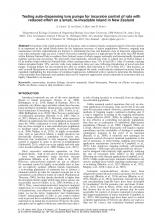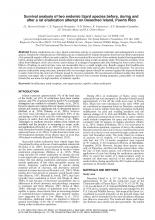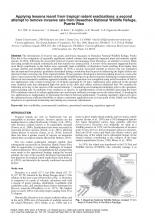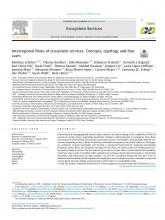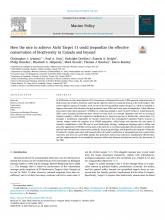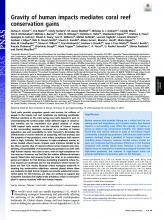Recovery of introduced Pacific rats following a failed eradication attempt on subtropical Henderson Island, South Pacific Ocean


Island and Ocean Ecosystems, BRB
Available Online
Bond, A.L.
,
Churchyard, T.
,
Cuthbert, R.J.
,
Duffi eld, N.
,
Havery, S.
,
Kelly, J.
,
Lavers, J.L.
,
McClelland, G.T.W.
,
Oppel S.
,
Proud, T.
,
Torr, N.
,
Vickery, J.A.
2019
Rodent eradications in tropical environments are often more challenging and less successful than those in temperate environments. Reduced seasonality and the lack of a defined annual resource pulse influence rodent population dynamics differently than the well-defined annual cycles on temperate islands, so an understanding of rodent ecology and population dynamics is important to maximise the chances of eradication success in the tropics. Here, we report on the recovery of a Pacific rat (Rattus exulans) population on Henderson Island, South Pacific Ocean, following a failed eradication operation in 2011. We assessed changes in the rat population using capture rates from snap-trapping and investigated seasonality by using capture rates from live-trapping. Following the failed eradication operation in 2011, rat populations increased rapidly with annual per capita growth rates, r, of 0.485.95, increasing from 6080 individuals to two-thirds of the pre-eradication abundance within two years, before decreasing (r = -0.25 -0.20), presumably as the population fluctuated around its carrying capacity. The long-term changes in rat abundance may, however, be confounded by short-term fluctuations: four years after the eradication attempt we observed significant variation in rat trapping rates among months on the plateau, ranging from 36.6 rats per 100 corrected trap-nights in mid-June to 12.6 in late August. Based on mark-recapture, we also estimated rat density fluctuations in the embayment forest between 20.4 and 42.9 rats ha-1 within one month in 2015, and a much lower rat density on the coral plateau fluctuating between 0.76 and 6.08 rats ha-1 in the span of two months. The causes for the short-term density fluctuations are poorly understood, but as eradication operations on tropical and subtropical islands become more frequent, it will be increasingly important to understand the behaviour and ecology of the invasive species targeted to identify times that maximise eradication success.
